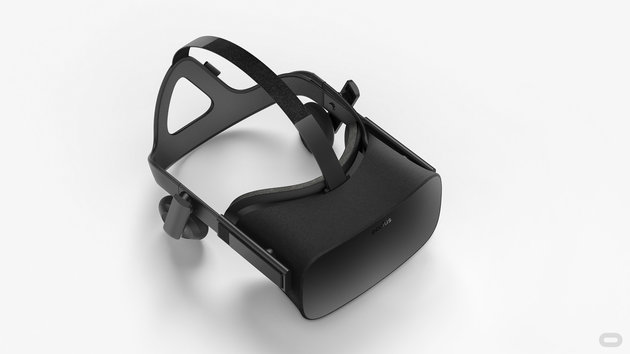During Epic Games’ Games Developer Conference (GDC) show last week Oculus VR took to the stage to announce that version 1.3 of its software development kit (SDK) would be arriving on the same day as the Oculus Rift virtual reality (VR) head-mounted display (HMD) itself, 28th March 2016. Few details were announced about what could actually be included in the new SDK at the time, but today Oculus VR has revealed the implementation of one major new feature: asynchronous timewarp.
The news was announced via a new Oculus VR developer blog. Timewarp itself refers to a technique used to shift a rendered image before it’s sent to the given HMD’s screen, helping to correct head motion that will have occurred as the scene itself is rendering. This provides a much smoother experience for the user, reducing judder, lower latency head-tracking and more.
Writing in the blog update, Oculus VR noted that this feature will continue to improve over time, though recommending using it with the latest version of the Windows 10 operating system in order to get the best experience right now.
“For developers, the best news is your apps benefit from ATW without any additional work,” the blog explained. “The existing techniques to maintain high performance graphics and consistent frame rate still apply, but with ATW, you get consistent low latency, extra CPU and GPU processing headroom, and glitch resistance.
“Ultimately, this means better virtual reality for all Oculus users, always. Special thanks to everyone at Microsoft, NVIDIA and AMD for all their support.”
Check back with VRFocus for more on the Oculus Rift.















